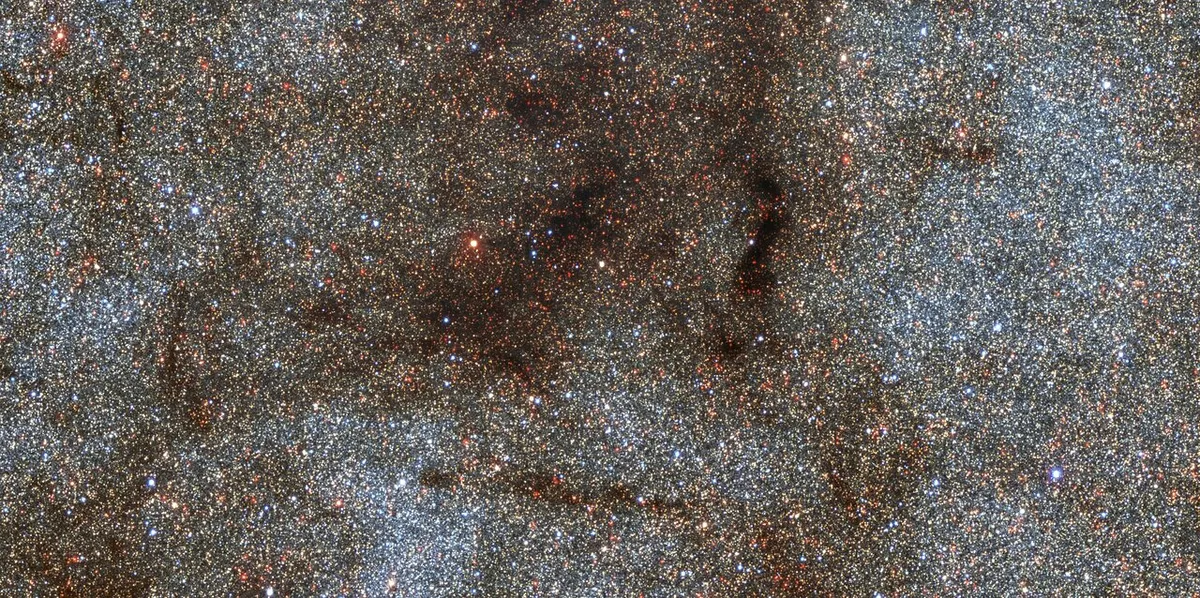
A new image of the Milky Way's bulge reveals the centre of our home galaxy in incredible detail, and is part of a survey examining over 250 million stars in the region.
Using ultraviolet data and 450,000 individual images, astronomers have been measuring the chemical composition of tens of thousands of stars within the Milky Way's bulge.
The survey is part of a project using the Dark Energy Camera (DECam) on the Víctor M.Blanco 4m Telescope at Cerro Tololo Inter-American Observatory (CTIO) in Chile.
CTIO is one of 5 programs hosted by the National Science Foundation's (NSF) NOIRLab centre.

The team behind the study have been detecting ultraviolet light from stars in the bulge known as Red Clump stars, analysing over 70,000 across a region of sky 1,000 times as large as the full Moon.
So far, the survey has shown that stars near the centre of the Milky Way have a similar composition, suggesting they formed around the same time.
This was calculated by measuring the difference in stars' brightnesses from ultraviolet to infrared wavelengths and calibrating the data with spectroscopic measurements of stars.

“This is exactly the strength of the Dark Energy Camera — to undertake these kinds of studies," says Kathy Vivas, co-author and NOIRLab astronomer.
"While it was originally aimed at the study of the distant Universe to measure its expansion, DECam has proven to be a powerful instrument to study our Milky Way as well.”
"Many other spiral galaxies look like the Milky Way and have similar bulges, so if we can understand how the Milky Way formed its bulge then we’ll have a good idea of how the other galaxies did too,” says study co-leader Christian Johnson of Space Telescope Science Institute.
Did you know that the Andromeda Galaxy is set to merge with our own galaxy the Milky Way in the far-flung future? Read more in our guide to the Andromeda-Milky Way collision.

Image stats
- Observatory Víctor M. Blanco 4-meter Telescope
- Release date 27 October 2020
- Image credit CTIO/NOIRLab/DOE/NSF/AURA. Acknowledgment: Image processing: W. Clarkson (UM-Dearborn), C. Johnson (STScI), and M. Rich (UCLA), Travis Rector (University of Alaska Anchorage), Mahdi Zamani & Davide de Martin.
